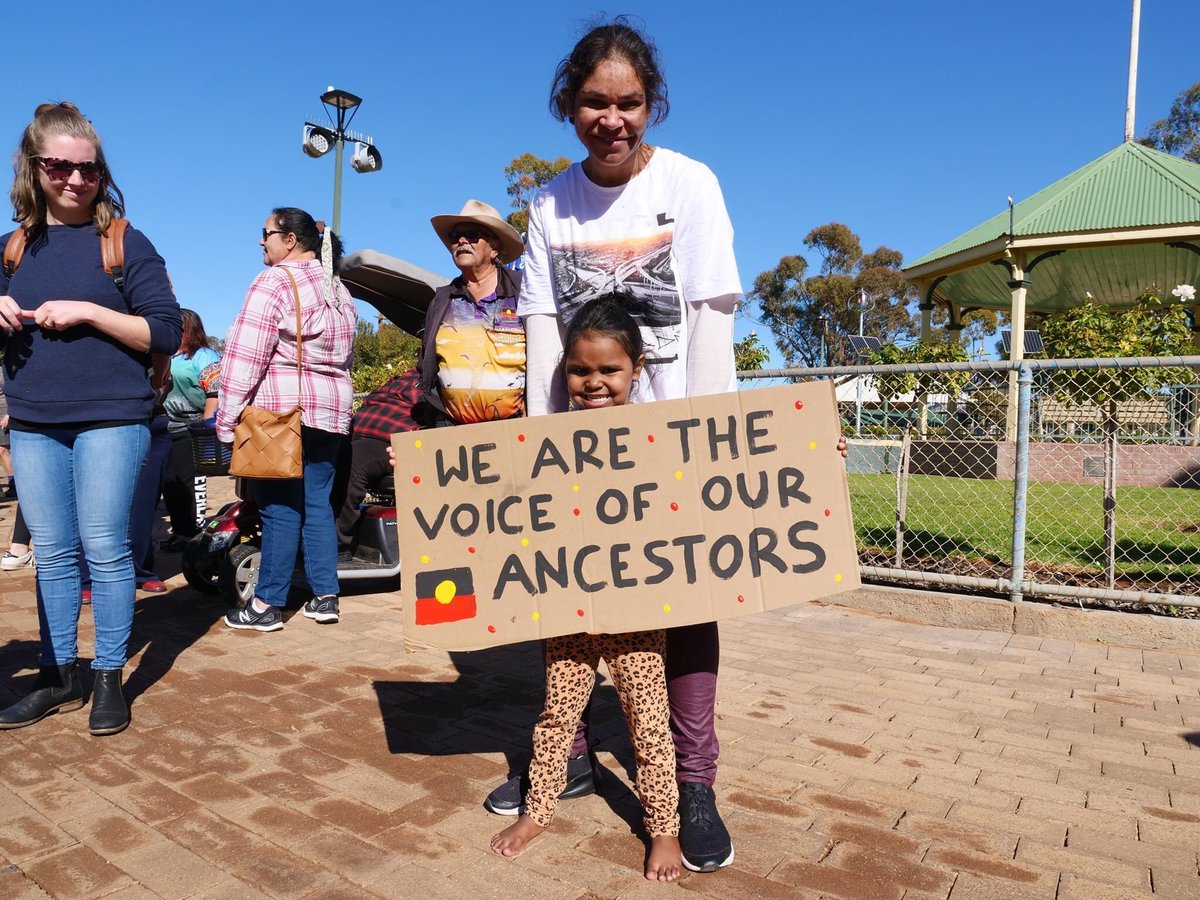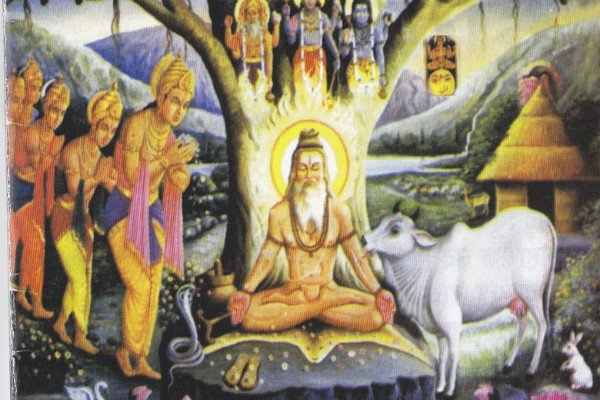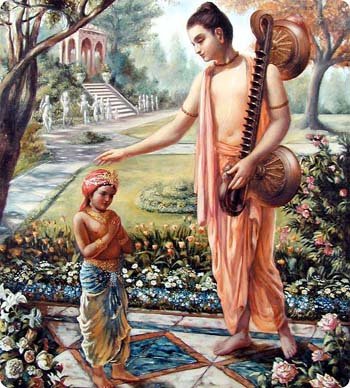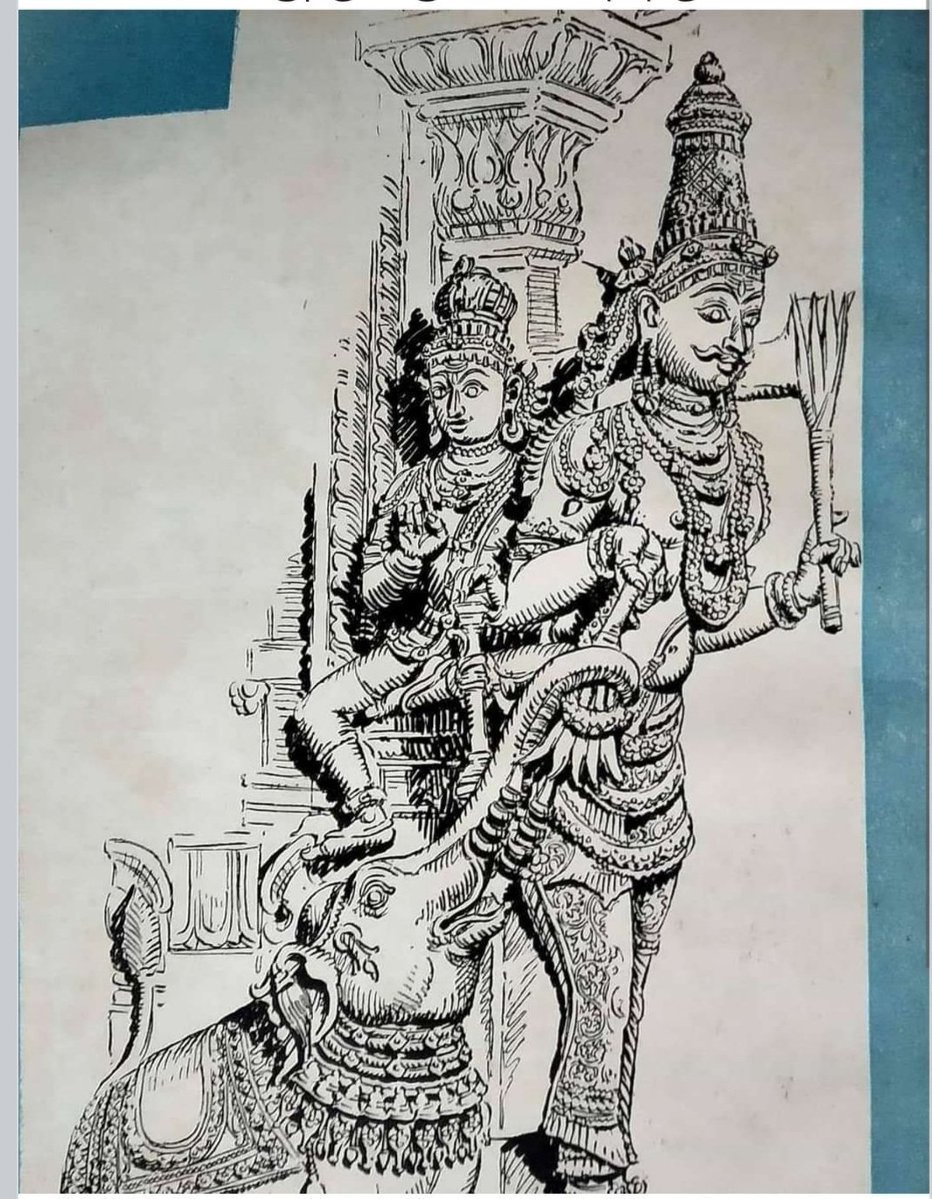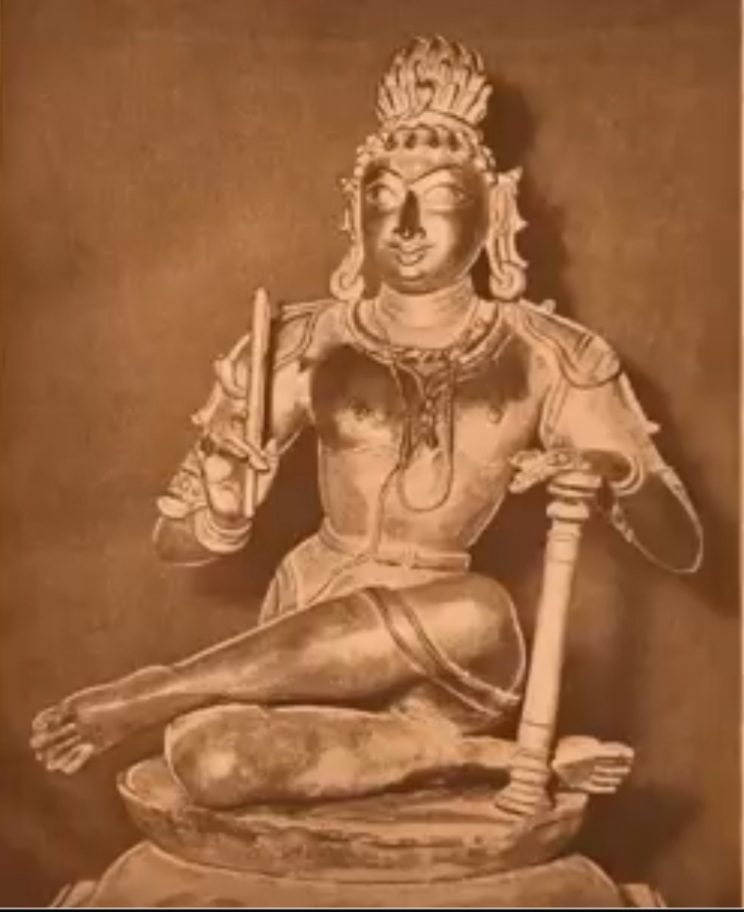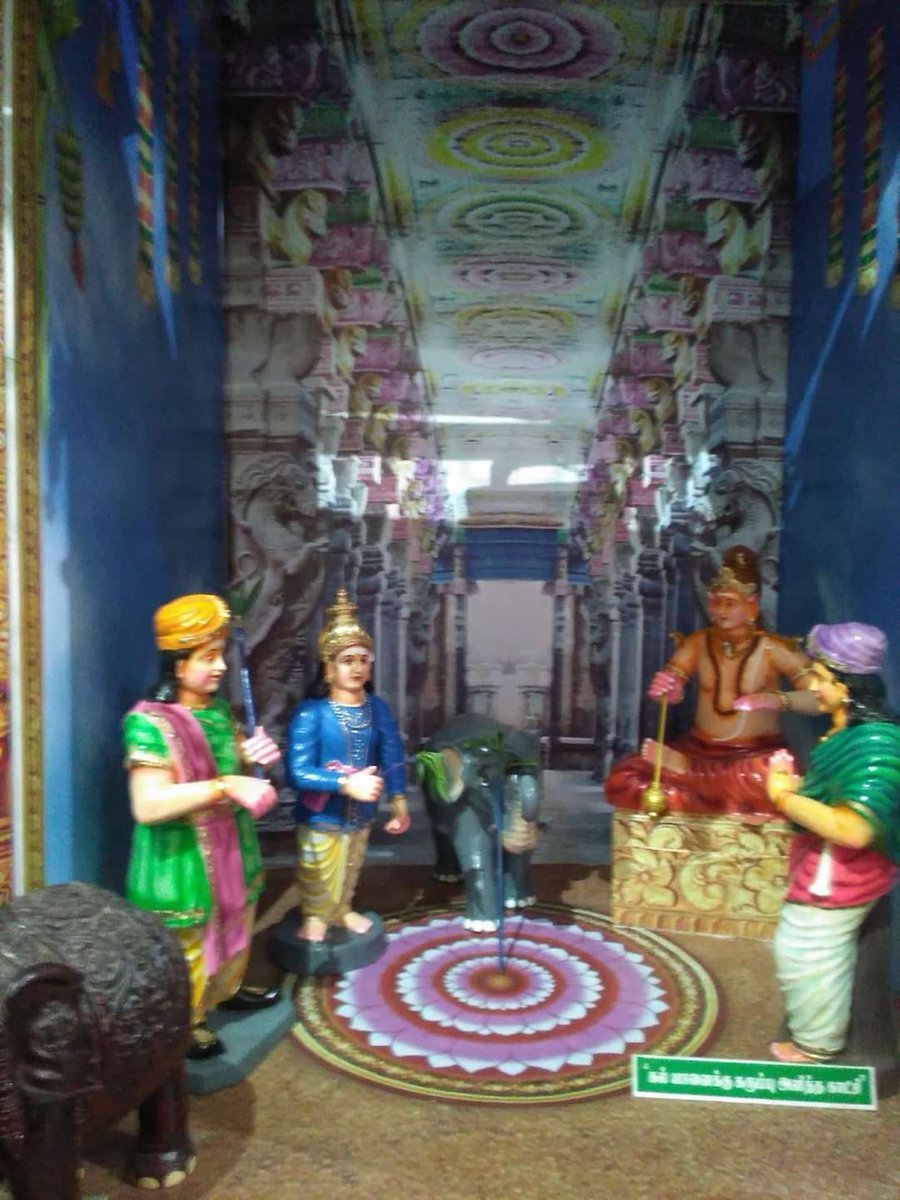Now-- I know, I know. Ordinarily you see me talking about the Japanese aftermath of the US Civil War, in the form of people and surplus equipment from the US that ended up there during the Boshin War.
I find myself in pursuit of the opposite, today.
@DuPertweet brought a tweet by
@KyleMizokami to my attention, with photos of an article talking about Asian-American/Pacific Islander veterans of the US Civil War in general and 2 Japanese vets in particular.
I'm starting from one of those two, and seeing how much I can reconstruct, because there really weren't that many Japanese people outside of Japan in the timespan of the US Civil War (1861-1865), so I think it should be possible to narrow down their precise names and identities.
And this week I want to start from one. What do we know about this person who American records call John Williams?
We know he arrived in New York from Japan in 1864, when he was 22. According to an article in the Hawaii Pacific Press, he was "5'1" tall, black hair, dark complexion and a laborer.
He enlisted at the 3rd District Enrollment Board, New York, on August 25, 1864, and served in the 1st Regiment New York Cavalry (Lincoln). he arrived in the US to study 10 days before he enlisted."
He fought in the Shenandoah Valley Campaign, fell ill with remittent fever, and was not able to return to his regiment in time for their discharge ceremony on 27 June 1865, being discharged on the 16th.
That's most of what research assembled by the Japanese American Veterans Association and published in this HPP article tells us about this man.
But I am of the opinion that there is likely more information out there, including his actual name, but will take further digging in Japanese and English language sources in order to find.
The article references an edited US National Park Service volume, Asians and Pacific Islanders and the Civil War. So where do we begin?
Let's start with the dates: 15 August 1864 for arrival, 25 August for enlistment, 16 June 1865 for discharge. What was going on in Japan at the time? And what were some of the major places where Japanese people were heading abroad at the time?
Summer 1864 was volatile in Japan. The battle at the Kyoto imperial palace called the Forbidden Gate Incident or Hamaguri Gate Incident was 20 August, the culmination of rising tensions across the entire year between the Tokugawa Shogunate and the recalcitrant Choshu domain
High profile political assassinations continued apace, including that of Sakuma Shozan, a noted educator and scholar of European technologies and languages, on 12 August.
The following month, the Shogunate launched the First Choshu Expedition. All of this was happening against the backdrop of major political and military reforms and shakeups in both the Shogunate as well as the myriad feudal domains.
the Choshu Expedition saw the first deployments of regiments of the modernized Shogunate Army. Some of these reforms were implemented through study in Japan of new technologies or methods through foreign literature, or through consultation of western specialists present in Japan
But just as common was the dispatching of students to Europe or the United States, in the interest of building up a cadre of Japanese experts that-- with some investment of time and money in study-- could help guide those reforms further.
Enomoto Takeaki, who went on to fame as commander of the Shogunate Navy and later as an Imperial Japanese Navy admiral and diplomat, was one of the more notable of these students, having studied in Holland from 1862 to 1867.
Yet another, of course, is our First New York Cavalry veteran, this "John Williams," who enlisted ten days after arrival-- and according to what we know, had arrived in the US for study.
Assuming this is correct, we can conjecture he was either of warrior caste birth or was of the caste by adoption. Some people of non-warrior caste did leave Japan in the 1860s, most were of warrior extraction, and their domains (or the Shogun) paid for or arranged their travel
Some domain records did not survive the Boshin War, other records did not survive the firebombings of WWII, but we can safely assume that a Japanese person sent to New York for study who was presumably of warrior extraction would have left some kind of paper trail in Japanese.
The other thing I can offer-- at this point mostly as conjecture-- is that his enlistment in the Union Army so soon after his arrival was not a whim, but rather was intentional.
If so many Japanese people sent abroad in those years were there to acquire military and military-adjacent skills, then to me, it seems within the realm of possibility that he enlisted in order to gain hands-on knowledge of English as well as of US weapons and tactics.
But again, without further evidence, right now this is all in the realm of conjecture. As the JAVA Research Team notes in the HPP article quoted above, it "opened research challenges to identify the first ethnic Japanese to serve in the US military."
As with them, I share the goal of finding the true names of these men that US records list as John Williams and Simon Dunn.
So, what to do? I'm not sure where to begin, but my gut feeling is that we haven't heard the last of them. I know I'll certainly be looking-- and, I am certain that in time, I will likely find something.
I know there is more out there than seems to be, in both Japanese and English.
But because of how the demands of a shrinking number of tenure postings affects academe (where best access to source material is concentrated), there's a dearth of trained scholars who can handle working across both languages' material of this era & want to.
But mark my words-- in all probability it's a matter of when, not if, we learn the men's true names.
I'm Nyri and this has been #FridayNightHistory-- the beginning of a new search. Now, to work.
Questions?
Thanks for reading! Sources to follow in blogpost form. #FridayNightHistory is made possible by readers like you. To support it, sign up at
https://t.co/Hj2bmohNn3, check out the merch at
https://t.co/oTNJRijcwu , or buy my novel #GreyDawn via
https://t.co/gt3HWbbEo9 Thank you!





